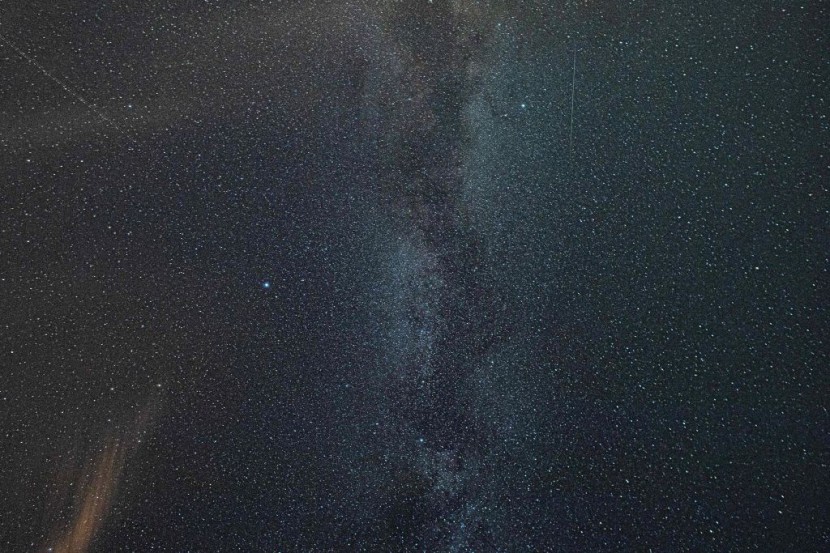NASA's James Webb Space Telescope successfully captured the closest and most detailed look inside a star's supernova remnant within the Milky Way galaxy.
Analysis of the image could help researchers gain new insights into the processes that fuel the explosive cosmic events. James Webb also allows astronomers to observe mysterious features that have not appeared in previous photos taken of the supernova remnant using telescopes such as Hubble, Chandra, or Spitzer.
Detailed Image of Supernova Remnant

The recently captured image was shared on Monday by First Lady Dr. Jill Biden as she debuted the first-ever digital White House Advent Calendar. This includes Webb's new perspective of Cassiopeia A which is seen to shine similar to a Christmas ornament.
In a statement, astronomer Dan Milisavljevic said that they have never had this kind of look at an exploded star in previous history. The assistant professor of physics and astronomy at Purdue University added that supernovae are primary drivers of cosmological evolution, as per CNN.
Roughly 10,000 years ago, a star went supernova, leaving only swirls of gas and dust behind. Cassiopeia A is found roughly 11,000 light-years away in the Cassiopeia constellation. The light from the star's supernova first arrived on Earth about 340 years ago and is the youngest supernova remnant in our galaxy.
Over the years, it has been the subject of studies conducted by several ground- and space-based telescopes. The supernova remnant stretches for roughly 10 light-years across, which is equivalent to about 60 trillion miles.
Insights from studies of Cas A, which is a nickname that was given to the supernova remnant, allow scientists to learn more about the life cycle of stars. Astronomers took advantage of James Webb's Near-Infrared Camera (NIRCAM) to observe the supernova remnant at different wavelengths of light.
The telescope's equipment allowed scientists to see layers of material impacting the gas that was being released as the star gears up for its final moments. It was yet another dazzling visualization of our cosmic environment that was captured by James Webb, according to The Byte.
Mysterious Cosmic Structure
However, what intrigued scientists more is what James Webb's latest image does not show. There were separate observations taken by Webb's Mid-Infrared Instrument (MIRI) in April that showed previously unknown structures found within the inner shell of Cassiopeia A.
These features are mysteriously not seen in the space telescope's latest image using its NIRCAM, prompting an investigation by NASA. The previous MIRI image showed a greenish feature that scientists called the "Green Monster" that remains unexplained.
However, the new image by the NIRCAM shows only the faint outlines of this structure, which only fuels speculations. The scale of James Webb's newest image is also staggering as some of the filaments, which are too small to be picked up by the instrument alone, are 10 billion miles across.
Milisavljevic added that with the resolution of the image provided by NIRCAM, they can now see how the dying star shattered when it exploded. After this process, it left filaments akin to tiny shards of glass behind, said The Hill.
Related Article:
SpaceX Delays Falcon Heavy Rocket Launch To Carry Military's X-37B Spacecraft Into Space
© 2025 HNGN, All rights reserved. Do not reproduce without permission.








